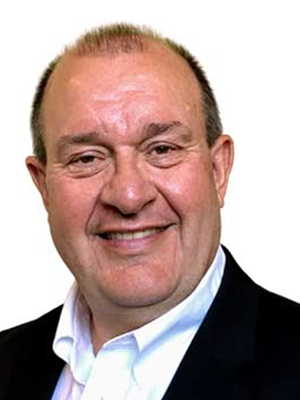Colin Shaw is one of the world’s foremost experts on customer experience and the author of “The Intuitive Customer”.
You hear it practically everywhere these days – the mantra, We Put Customers First. A claim every business now believes it needs to emphatically declare. It shows up in corporate mission statements. On wall posters. In Letters to Shareholders. On the corporate web site. In anthem videos. Even CEOs will give lip service to it, except, of course, when they’re in front of shareholders. Because, for most businesses, profit still comes first. But since that is no longer politically correct to admit, at least out loud, most businesses prefer to give the impression they care a lot about their customers.
If that was true, of course, customer satisfaction levels would not have flatlined since 2010. Over that time span, according to the American Customer Satisfaction Index, almost 80% of companies have been unable to improve their customer satisfaction ratings. The easy fixes were checked off long ago – the worst pain points alleviated. The challenge today is living up to the continually evolving expectations of customers. Which is why CX has moved to the top of the corporate priority list. Every business leader now realizes that the quality of the customer experience has become a competitive battleground.
The problem is that digital disrupters keep moving the goalposts, raising customer expectations even higher. While COVID panicked companies into upgrading their e-commerce infrastructure, there remains a large gap between the transformational changes that need to be made and the capability to make them happen. An even larger gap exists between what businesses think they know about the needs of customers and what those customers actually see as essential. That knowledge gap is difficult to eliminate if a business is not close to its customers – if it has no clue how customers feel about their experience. Without knowing the true extent of those feelings, it becomes hard to know what should be fixed next.
Lack of corporate urgency is also a factor. If a business is content with incremental improvement, or is just looking to muzzle the noisiest complainers, or prefers to minimize the pain that accompanies radical change, customer attitudes are unlikely to improve anytime soon. Even the most ardent internal crusader will eventually wilt after too many times hearing “That’s not how we do business”. For a transformation initiative to succeed, everyone has to buy in to the importance of it. Especially executive management.
An unequivocal CX vision statement and charter will help to keep everyone aligned and on track; otherwise the internal barriers will seem insurmountable. The transformation process begins with customer insight – what customers really want, even if they don’t quite know themselves – followed by a reimagining of what an ideal experience looks like. And then the various transformation initiatives must be carefully lined up and staged based on the financial trade-off between the best interests of the customer and the degree of time and effort required. The eventual payoff must be clear to everyone and that means figuring out the impact of those changes on future cash flow. Above all, it means developing an organizational culture committed to putting customers first.
All of that can be a complex and formidable undertaking. Which is why it requires a customer experience pro like Colin Shaw to craft a proper transformation roadmap. He is a pioneer in the field, having written a series of best-selling books on CX. His latest book, “The Intuitive Customer”, explores why companies are struggling to improve their customer satisfaction, starting with the fact that people’s intuitive feelings about their experience matters much more than what they might rationally think about it. People’s loyalty, he believes, is formed out of memories. The goal in experience design, therefore, is to leave people with memorable moments.
I started by asking Colin what motivated him to start his consultancy 20 years ago when at that time customer experience was not the hot topic it is today.
Colin Shaw (CS): Yeah. So my, sort of, history at BT, that I’d been in sales, been in marketing, been in customer service, been in training, and therefore, I guess, the point I’m trying to make is I’d seen a wide gamut of different departments, seeing the lack of coordination between those departments, seeing the implications from a customer service perspective. Obviously if you’re in the telecoms business then back in those days you were selling telephone calls basically, so it’s a pretty commoditized business. And then, Pine and Gilmore’s book, “The Experience Economy,” came out in probably ’98.
Stephen Shaw (SS): ’98, yeah.
